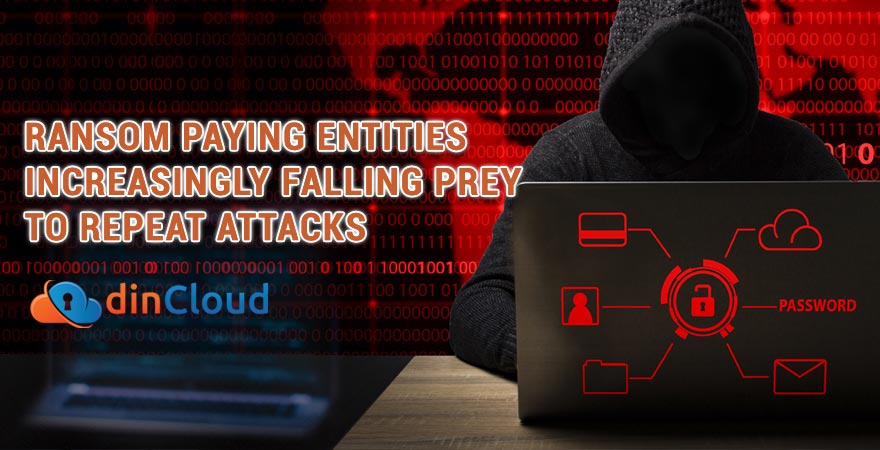The past eighteen months have been very eventful on the front of IT infrastructures and corporate networks. The IT teams of organizations have worked day in and out to provide a seamless remote access to enterprise data and other productivity resources.

Most of us out there know that the Covid-19 pandemic was exploited by many cyber miscreants to launch an unprecedented number of cyber attacks. However, IT teams had so much on their plates that security remained a relatively lower priority.
As a result, there were security gaps and vulnerabilities in a sizeable number of remote access mechanisms evolved on a very short notice. The outcome was a large number of cyber attacks getting through and wrecking havoc with organizational data.
Ransomware Attacks Skyrocketed During Covid
When most of us were busy protecting ourselves and our loved ones from this deadly virus, there were still some people out there who were cooking up ransomware. Many cyber security companies have lately reported a manifold increase in ransomware attacks.
The trail of disturbing events does not stop here, as the enterprises falling prey to ransomware attacks have reported even more alarming events. Before we discuss those, lets briefly touch how ransomware attacks are perpetrated.
Related: dinCloud adds Barracuda Content Shield to its Security Arsenal
How Do Ransomware Attacks Work?
A cyber miscreant will exploit some vulnerability within your network to gain access to enterprise data. Then, all this data will be encrypted by the perpetrator, thus rendering it useless for you.
Then, you will be asked to pay up a ransom amount, in exchange for getting decryption keys from the very attacker. You will use those keys to de-crypt your data and if you are lucky enough, you may be able to get your data back in one piece.
Now, lets discuss what organizations that pay up ransoms after they have fallen victim to such an attack are lately facing.
Repeat Ransomware Attacks
According to the findings of cyber security company Cybereason, nearly 80% of entities that pay up ransom are falling victim to repeat attacks. This should not come as much of a surprise, as it seems the attackers implant some malicious code within your data itself.
Despite the fact that you are able to retrieve your data via decryption, the possibility always lies that your data has been implanted with some sort of “backdoor”, which is later re-used by the perpetrator of the first attack to launch a repeat attack.
Related: How to Manage IT Related Security Risks in 2021?
Corrupted Data Upon Decrypting
Another fateful occurrence that has come to light is that even after you have paid the ransom to get the decryption keys, the data becomes corrupt upon retrieval. This raises a whole new set of problems, as you feel confused where to start rectifying this issue.
Faulty Decryption Tools
Once you have paid the agreed ransom amount, you should receive error free decrypting tools, at least that is what you had paid for. However, that also does not happen, as victims of ransomware are often handed down dysfunctional or faulty decryption tools.
At times, even if you are lucky enough to get the right decrypting tools, you lose data integrity in the whole encrypting and subsequent decrypting process. This raises a whole new set of problems for an already troubled organization.
Related: Pandemic Makes Zero Trust Security a Top Priority
Conclusion
From the above revelations, it is quite evident that prevention is the best remedy to ransomware attacks. If you still fall prey to a ransomware attack, chances are that you won’t be able to get your data back in its original, unadulterated form.
Contact dinCloud for highly secure cloud solutions for your enterprise, where we offer comprehensive ransomware protection built into our solutions and services.


